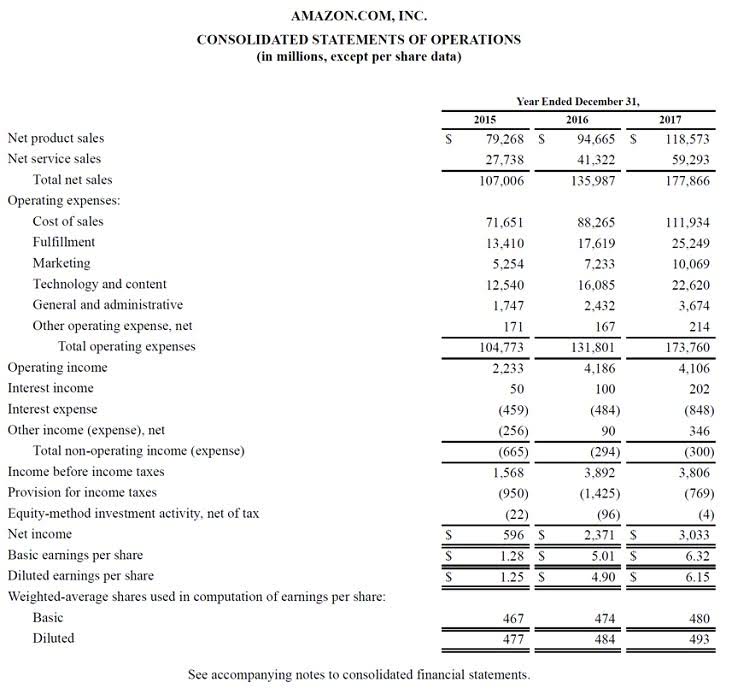
When implementing accounting automation, several technical and legal factors must be addressed. These include how well the new system works with current software, meeting legal requirements, and protecting sensitive data. Automation also keeps an audit trail of all actions, supporting transparency and accountability. It reduces the risk of human oversight and strengthens internal controls without slowing down processing. Systems use predefined rules and AI to identify unusual transactions or patterns in accounts payable and payroll data. Manual accounting often involves risks of errors, normal balance such as miscalculations or missed entries.
Report: IDC’s MarketScape for Global AP Automation Software h
Before you start your automation journey, it’s crucial to identify every financial task. While these benefits can make your workflow easier, it’s important not to get too caught up in automation. This is especially important in a field that depends on accurate, real-time financial information. It’s no longer a question of if automation will impact the accounting industry — it’s a matter of how much. Performing this work consisted of manual, time-consuming tasks which were inefficient, prone to error, and quite painful.
Predictive Analytics and Financial Forecasting

Cash flow management is one of the biggest challenges that small businesses face, so having this advantage is invaluable. What’s more, the aspects of financial management that do require your attention, like recording expenses, analyzing cash flow, and approvals, are completed much faster. With increased productivity thanks to accounting system automation, you have more time to focus on other aspects of your business. After all, accounting processes have become increasingly automated, dating back to the 1880s.
Best Free Accounting Software
- Alternatively, from any screen, I could simply click the “+” button at the top of the screen, then “invoices” to add a new invoice with two clicks.
- QuickBooks Online integrates seamlessly with various apps, enhancing its functionality and ease of use.
- With technology developing rapidly and customer expectations rising, implementing an automated accounting solution will give you a clear edge over competitors.
- Automation delivers real-time financial reporting, so teams see up-to-date information instantly.
This makes it an ideal solution for businesses looking for a comprehensive platform to manage their accounting processes in one place. The shift from manual to automated accounting systems has been significant, primarily driven by the desire for efficiency and accuracy. Automated accounting software appeals to businesses because it can streamline repetitive tasks and reduce the risk of human error. The key differences between manual and automated accounting are evident across several aspects, from accuracy and time efficiency to cost implications and scalability. Automated accounting systems are ideal for growing businesses seeking to streamline their financial processes, ensure compliance, and improve overall efficiency. Ultimately, the choice between manual and automated accounting depends on the business’s size, complexity, and long-term objectives.
Benefits of Automated Accounting
Organise the management of your invoices with your staff and process each payment according to its due date. Accounting software helps you stay organized by keeping all of your financial information in one place. This means that instead of having to sort through piles of paper receipts and invoices, you can keep everything in one place and easily access it whenever needed.

A well-trained team will quickly adapt to the new processes, making the transition to automation smooth. Enterprise resource planning (ERP) software includes all the features of accounting software, plus additional features such as CRM, inventory management and project management. ERP software is typically used by larger businesses while accounting software is more suited for small businesses. All in all, I would say that this software is easy to use but I would have preferred it included some features it lacked, such as the ability to send payable invoices from the platform. It was also confusing at times, given that features I expected it to have were nowhere to be found, such as automated sales tax calculations on the invoice form.

Automation helps finance teams access timely and accurate data, enabling smarter choices. https://www.bookstime.com/articles/basic-accounting-principles It turns large data sets into clear information, uses patterns to predict trends, and delivers instant reports that reflect the current state of finances. Payroll automation handles tasks like calculating wages, taxes, and deductions. It reads vendor details, invoice numbers, and line items without human input.


When choosing a system, it’s essential to consider factors such as business size, industry-specific requirements, scalability, integration capabilities, and user-friendliness. It’s also recommended to consult with an accounting professional or software specialist to determine the best fit for your specific business needs. These features enable businesses to automate and streamline their financial processes, improving accuracy, efficiency, and decision-making.
- That’s why most businesses nowadays use accounting software to automate some steps of the accounting cycle.
- C-Level executives or managers will have a different level of pre-approved spend from other staff.
- Entry-level jobs may find that much of their work is automated, which may change the ways new accountants gain experience and training in the field.
- Organizations that follow conventional and manual accounting techniques are aware of the inherent limitations of the system.
- The implementation of accounting automation can support regulatory compliance by standardizing processes and maintaining accurate records.
- They can handle an expanding volume of transactions without the need to proportionally increase staff or resources, facilitating seamless growth.
Evaluate whether the features, support, and scalability justify the investment. Many vendors what is an automated accounting system offer tiered pricing plans, allowing you to choose the one that best suits your needs. It must be evaluated on the grounds of feature set, cost, user-friendliness, and integration with existing systems. Accounting automation should be integrated with a company’s long-term strategic objectives. The automation’s scalability and adaptability to future technologies are crucial.
